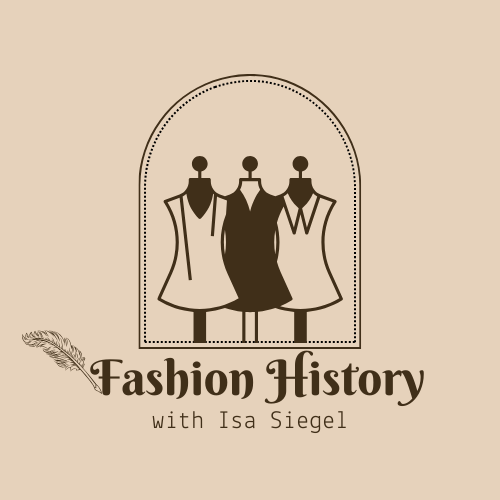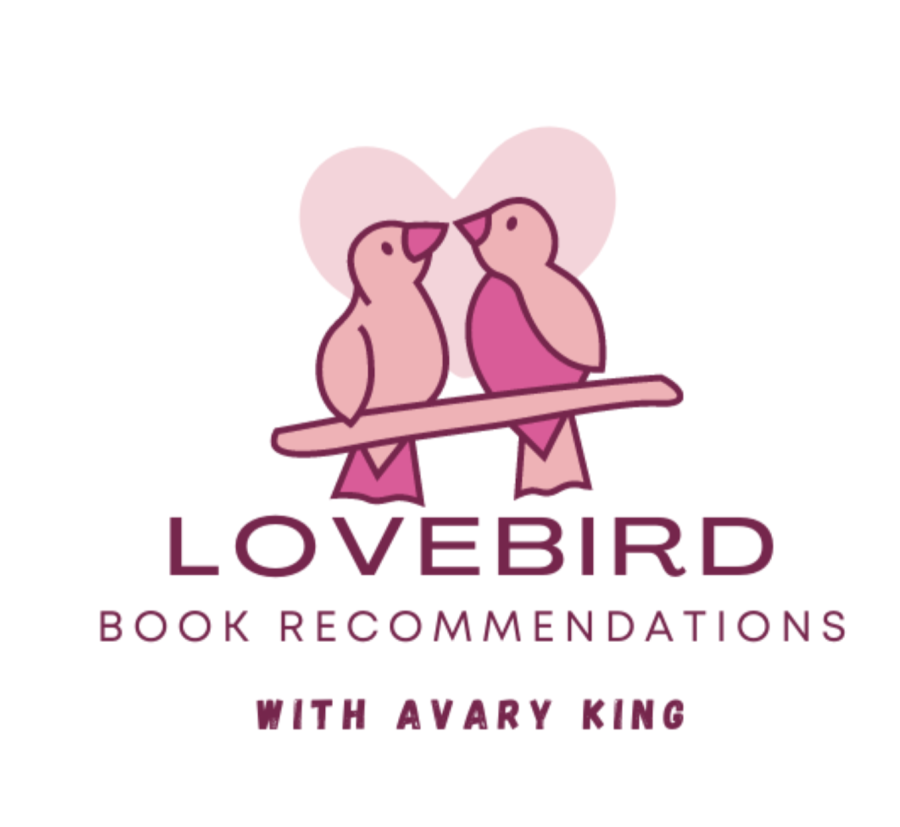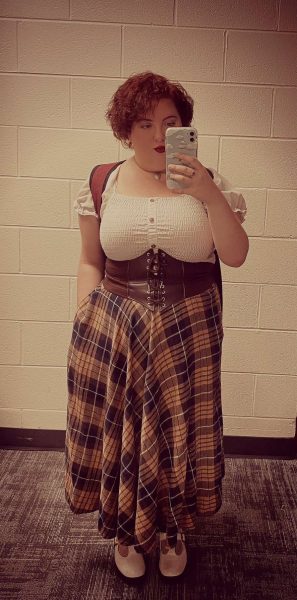At the end of the 1930s, World War II broke out. However, it is not until a couple of years later in 1941 that the United States joins the war after being attacked by Japan in the infamous attack on Pearl Harbor. Rationing began in 1942 for items such as food, fabrics, and scrap metal. This was because these items were needed for the war effort. The world revolved around the war, even a bit after it ended as the aftermath was felt around the world. Everyone was encouraged to help the war effort in any way that they could. This included soldiers, factory workers, and people at home. People at home were encouraged to help out by rationing, donating spare materials for the war effort, or buying war savings bonds. With millions of men off fighting for their country, the factories for materials for the war effort needed people to run them. Women were not only running the households, but they also made up a great number of factory workers.
Clothing got tighter and shorter due to fabric rationing for the war. Metal buttons, zippers, and other metal trimmings for clothing were very limited. Utility dresses silhouette were like men’s dress shirts but longer. A boxy silhouette was popular with fabrics and patterns such as plaid or tweed. The hemlines fell below the knees, a bit shorter than previous decades, most likely due to the fabric rationing. Stockings or pantyhose were no longer worn and were instead donated to the war effort. The nylon of the stockings was used to make parachutes. Women painted on stockings using leg makeup such as painting their entire legs with a similar color that their stockings would usually be. Some women took ink or pencil and drew a line on the back of their legs to mimic stocking lines. Women were also told to mend what they already had as well, something that continued from the Great Depression. Clothing could be purchased with clothing coupons or ration books which were sent via mail to households.
In 1941, Elizabeth Arden, a famous makeup and cosmetics expert, was commissioned by the US military to make a specific shade of red lipstick called “Montezuma Red.” This shade of red was made to match the trimmings on women’s military uniform. This soon became a part of women in the military’s uniform. This got popular among citizens of the Allied countries and then the popular lipstick shade “Victory Red” was created. Wearing red lipstick was considered patriotic as Hitler despised makeup, especially red lipstick. Defined eyebrows and eyelashes were desirable in this era. People were encouraged to save money wherever and whenever they could, so people got creative. Household and handmade items were popular to use as makeup for sustainable and cheap beauty products. Burnt corks mixed with Vaseline were used as mascara and eyebrow filler. Beetroot was popular to put on the cheeks as a rouge, more known as blush in modern times.
Post war society was booming in economy, population, and culture. The population also grew heavily in size from 1945-1964. This phenomenon was called the baby boom, and people born in this era are called boomers. Post World War II, society and politics were still recovering due to tensions between countries and the leftover paranoia from the war. The “Red Scare” was a nationwide panic as Americans were terrified of communism taking over the country. This started the Cold War between the US and Russia. Television started showing up in everyday homes, with programs like I Love Lucy and the Twilight Zone being popular. Popular actors include Marlon Brando, Marilyn Monroe, Grace Kelly, and Elizabeth Taylor. Rock n Roll started showing up on the music scene with artists such as Elvis, Chuck Berry, and Buddy Holly.
The “New Look” created by Christian Dior in 1947 was at first controversial. This was because the war was freshly over, and rations have been used for a while, and the original design was around 10 yards of fabric for one dress, which was a lot more than people were used to.
However, it eventually became popularized. This silhouette was followed by designers in the 1950s. The top was form-fitting with a smaller waist and full skirt to the calves or ankles. This type of design was welcomed by women who wanted something more delicate and feminine after the utility boxy clothing during the 1940s. Petticoats were fluffy underskirts used to make the skirt or dress appear fuller.
Makeup was applied softly to enhance the features of women. Brows were softly filled in, blush was applied conservatively to the apples of the cheeks, and eyeshadow was applied softly to match the individuals’ eyes. For example, people with blue eyes were encouraged to wear a shade of blue most complimentary of their specific shade of blue. Pink shades of lipstick were popular from baby pinks to pinkish reds. Pink was popular in makeup and fashion. Some fashion historians credit First Lady Mamie Eisenhower for this trend as pink was famously her favorite color. Eyeliner was applied to create a small wing on the eye to mimic the eyes of a cat, this was appropriately named cat eye eyeliner. Blush, also known as rouge, was used to make the cheeks look livelier and rosier. The shade of blush used depended on the skin tone, but shades of pink were the most popular.





